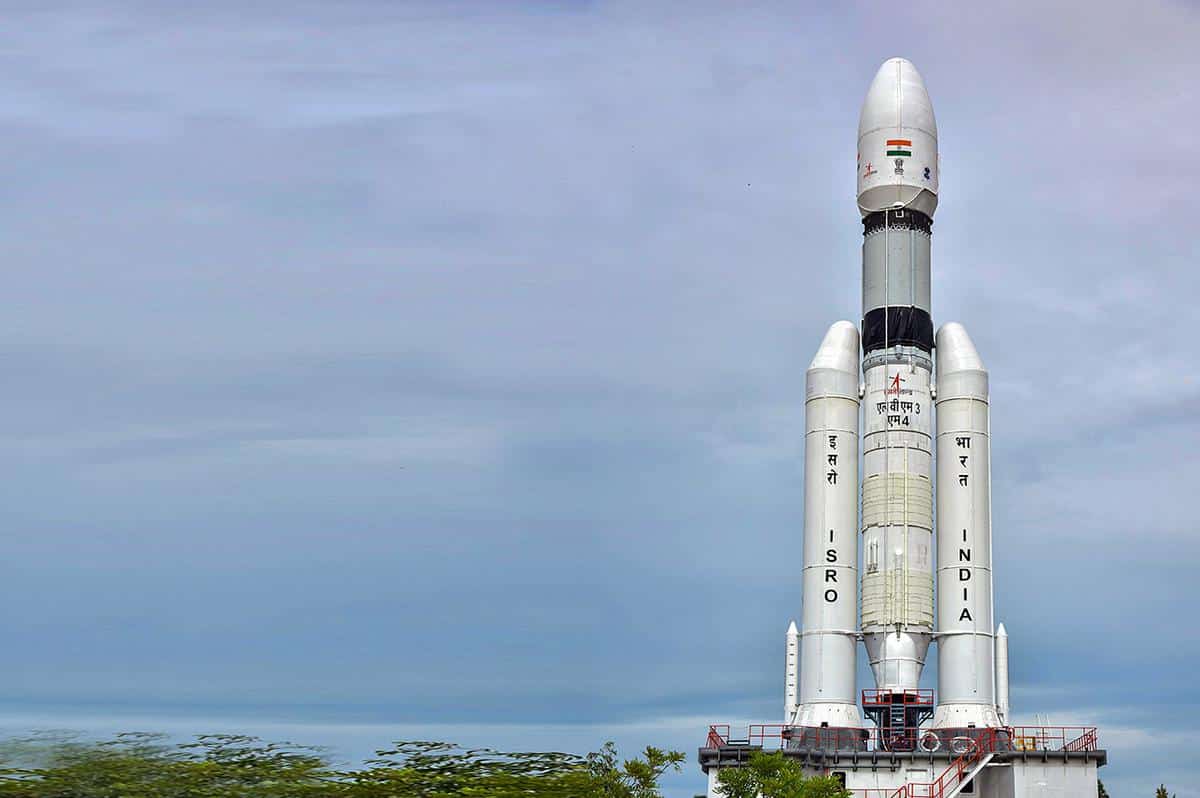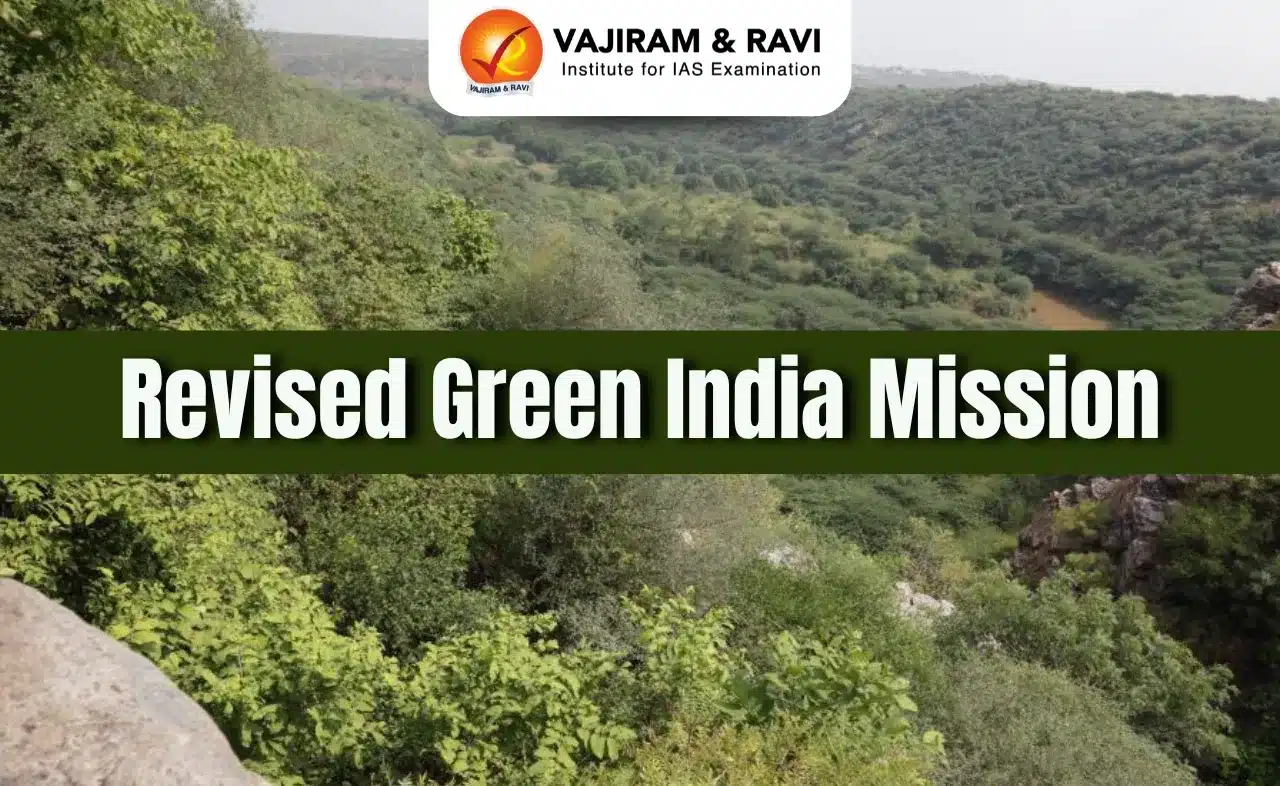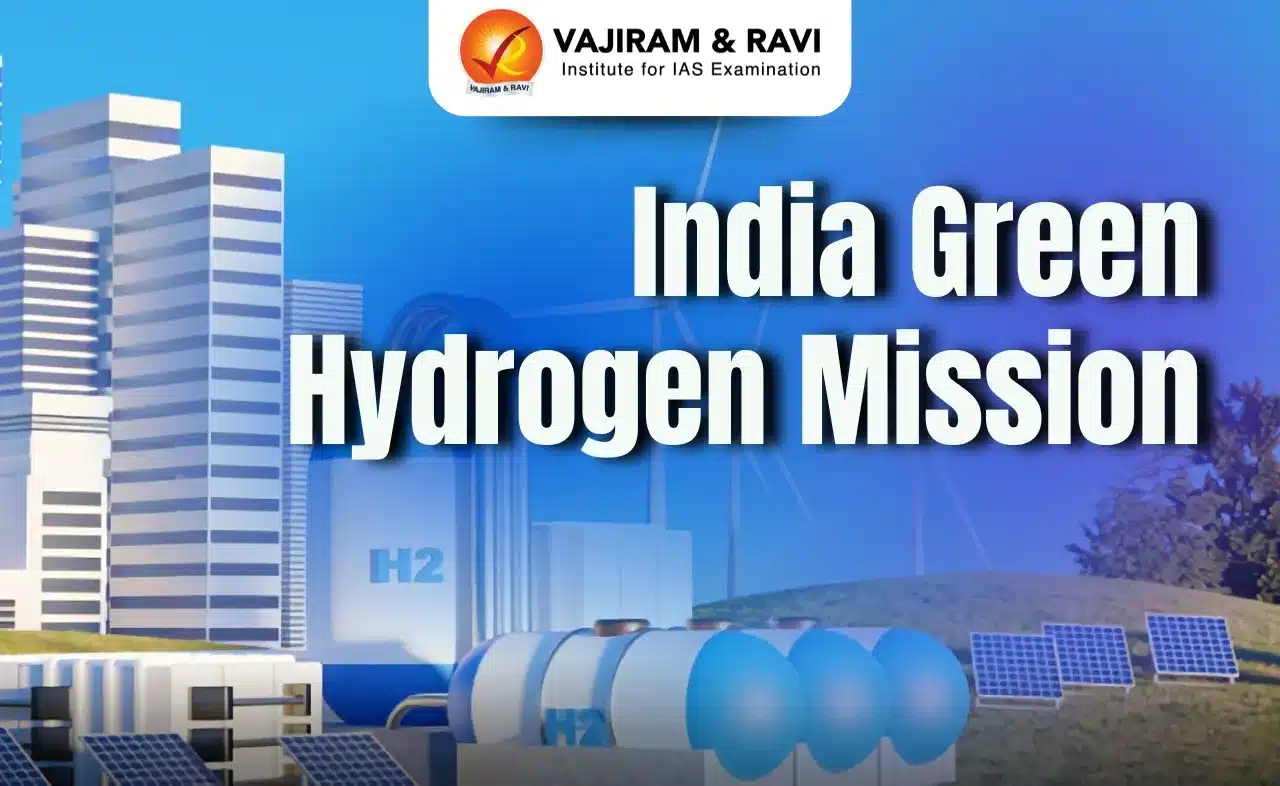What’s in today’s article?
- Why in News?
- The Chandrayaan-3 Mission
- Comparing Chandrayaan 2 and 3 Missions
- Changes in the Mission, Design
- Chandrayaan-3 Payloads
- How will the Mission be Implemented?
- Different Kinds of Moon Missions that have been Launched so far
Why in News?
- India’s third mission to the moon – Chandrayaan-3 – will take off on 14th July, 2023.
- The mission aims to achieve what its predecessor – Chandrayaan-2 could not – land softly on the lunar surface and explore it with a rover.
- A last-minute glitch led to the failure of the lander’s (Vikram) soft landing attempt after a successful orbital insertion.
The Chandrayaan-3 Mission:
- Chandrayaan-3 (“mooncraft”) is a planned 3rd lunar exploration mission by the ISRO to demonstrate end-to-end capability in –
- Safe landing (through the lander Vikram – after Vikram Sarabhai, the father of the Indian space programme) and
- Roving (through the rover Pragyan) on the lunar surface.
- Unlike Chandrayaan-2, it will not have an orbiter and its propulsion module will behave like a communications relay satellite.
- Chandrayaan-3 interplanetary mission has three major modules: the Propulsion module, Lander module, and Rover.
- ISRO plans to launch the third moon mission in mid-July aboard the LVM3 (formerly GSLV Mk-III) rocket from Sriharikota.
Comparing Chandrayaan 2 and 3 Missions:
Changes in the Mission, Design:
- Instead of a success-based design in Chandrayaan-2, ISRO scientists are doing a failure-based design in Chandrayaan-3.
- One, the landing area has been expanded. Instead of trying to reach a specific 500mx500m patch for landing as targeted by Chandrayaan-2, the current mission has been given instructions to land safely anywhere in a 4kmx2.4km area.
- Second, the lander has been provided more fuel so it can travel longer distances to the landing site or an alternate landing site, if need be.
- Third, the lander will no longer depend only on the pictures it clicks during the descent to determine a landing site.
- High resolution images from the Chandrayaan-2 orbiter have been fed into the lander and it will click images just to confirm that it has reached the correct location.
- Then, changes have also been made to the physical structure of the lander.
- The central thruster on the lander has been removed, reducing the number from five to four.
- The legs have been made sturdier to ensure it can land even at a higher velocity.
- More solar panels have been added to the body of the lander.
Chandrayaan-3 Payloads:
- The propulsion module: It has Spectro-polarimetry of HAbitable Planet Earth (SHAPE) payload to look for smaller planets that might be habitable in the reflected light.
- Lander payloads: It will have 4 payloads –
- Radio Anatomy of Moon Bound Hypersensitive ionosphere and Atmosphere (RAMBHA) – a passive experiment (from NASA) to help accurately measure the distance between Earth and moon.
- Chandra’s Surface Thermophysical Experiment (ChaSTE) to measure the thermal conductivity and temperature;
- Instrument for Lunar Seismic Activity (ILSA) for measuring the seismicity around the landing site;
- Langmuir Probe (LP) to estimate the plasma density and its variations
- Rover payloads: Alpha Particle X-ray Spectrometer (APXS) and Laser Induced Breakdown Spectroscope (LIBS) for deriving the elemental composition in the vicinity of the landing site.
How will the Mission be Implemented?
- A propulsion module will carry the lander-rover configuration to a 100-km lunar orbit.
- Once the ‘Vikram’ lander module makes it safely to the moon, it will deploy ‘Pragyan’.
A successful soft landing will make India the 4th country, after the US, Russia, and China, to achieve the feat.
The position remains vacant after the missions from Israel and India in 2019 crash-landed and the spacecraft carrying a lander-rover from Japan and a rover from UAE failed in 2022.
- Pragyan will carry out in-situ chemical analysis of the lunar surface during the course of its mobility.
Different Kinds of Moon Missions that have been Launched so far:
- Flybys: These are the missions in which the spacecraft passed near the Moon but did not get into an orbit around it. Examples: Pioneer 3 and 4 by the US and Luna 3 of the then USSR.
- Orbiters: These are spacecraft designed to get into a lunar orbit. Example: India’s Chandrayaan-1 was an Orbiter.
- Impact Mission: One or more instruments on board make an uncontrolled landing (share useful information on their way) on the lunar surface and get destroyed after the impact. Example: Moon Impact Probe (MIP) instrument on Chandrayaan-1.
- Landers (stationary): These missions involve the soft landing of the spacecraft on the Moon. Example: Luna 9 spacecraft of the then USSR – first landing on the moon (1966).
- Rovers (mobile): Rovers are special wheeled payloads on the lander that can detach themselves from the spacecraft and move around on the moon’s surface. Example: Pragyan in the Chandrayaan-2 mission.
- Human missions: These involve the landing of astronauts on the moon’s surface. So far only NASA has been able to land human beings on the moon (between 1969-72). Example: NASA’s Artemis III, currently planned for 2025.
Q1) What is Artemis 3?
Artemis 3 is NASA’s planned first crewed Moon landing mission of the Artemis program and the first crewed flight of the Starship HLS lander. It is the first crewed lunar landing since Apollo 17 in December 1972.
Q2) When was Chandrayaan-1 launched?
Chandrayaan-1, India’s first mission to the Moon, was launched successfully on October 22, 2008 from SDSC SHAR, Sriharikota.
Source: Chandrayaan-3 launch tomorrow: The two moon missions, compared | IE
Last updated on June, 2025
→ UPSC Notification 2025 was released on 22nd January 2025.
→ UPSC Prelims Result 2025 is out now for the CSE held on 25 May 2025.
→ UPSC Prelims Question Paper 2025 and Unofficial Prelims Answer Key 2025 are available now.
→ UPSC Calendar 2026 is released on 15th May, 2025.
→ The UPSC Vacancy 2025 were released 1129, out of which 979 were for UPSC CSE and remaining 150 are for UPSC IFoS.
→ UPSC Mains 2025 will be conducted on 22nd August 2025.
→ UPSC Prelims 2026 will be conducted on 24th May, 2026 & UPSC Mains 2026 will be conducted on 21st August 2026.
→ The UPSC Selection Process is of 3 stages-Prelims, Mains and Interview.
→ UPSC Result 2024 is released with latest UPSC Marksheet 2024. Check Now!
→ UPSC Toppers List 2024 is released now. Shakti Dubey is UPSC AIR 1 2024 Topper.
→ Also check Best IAS Coaching in Delhi
























